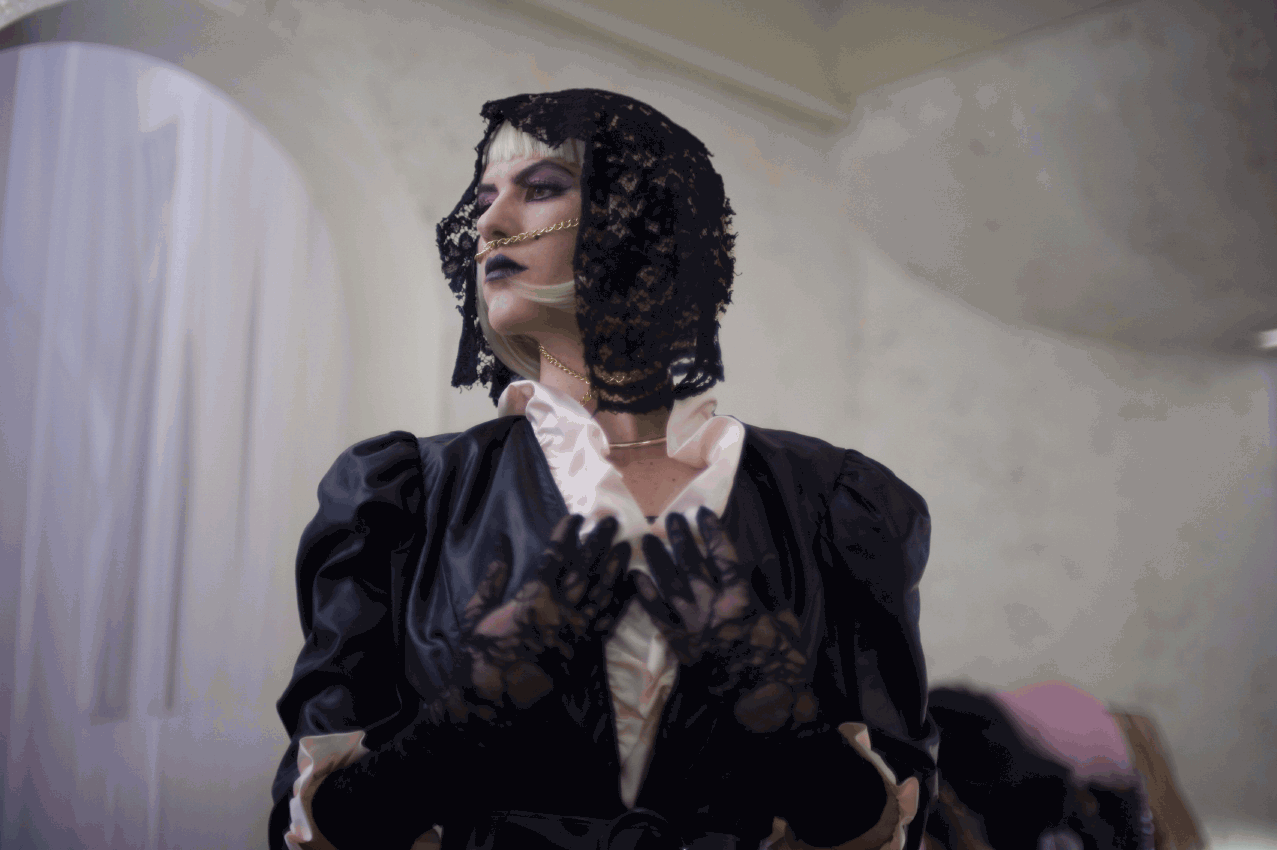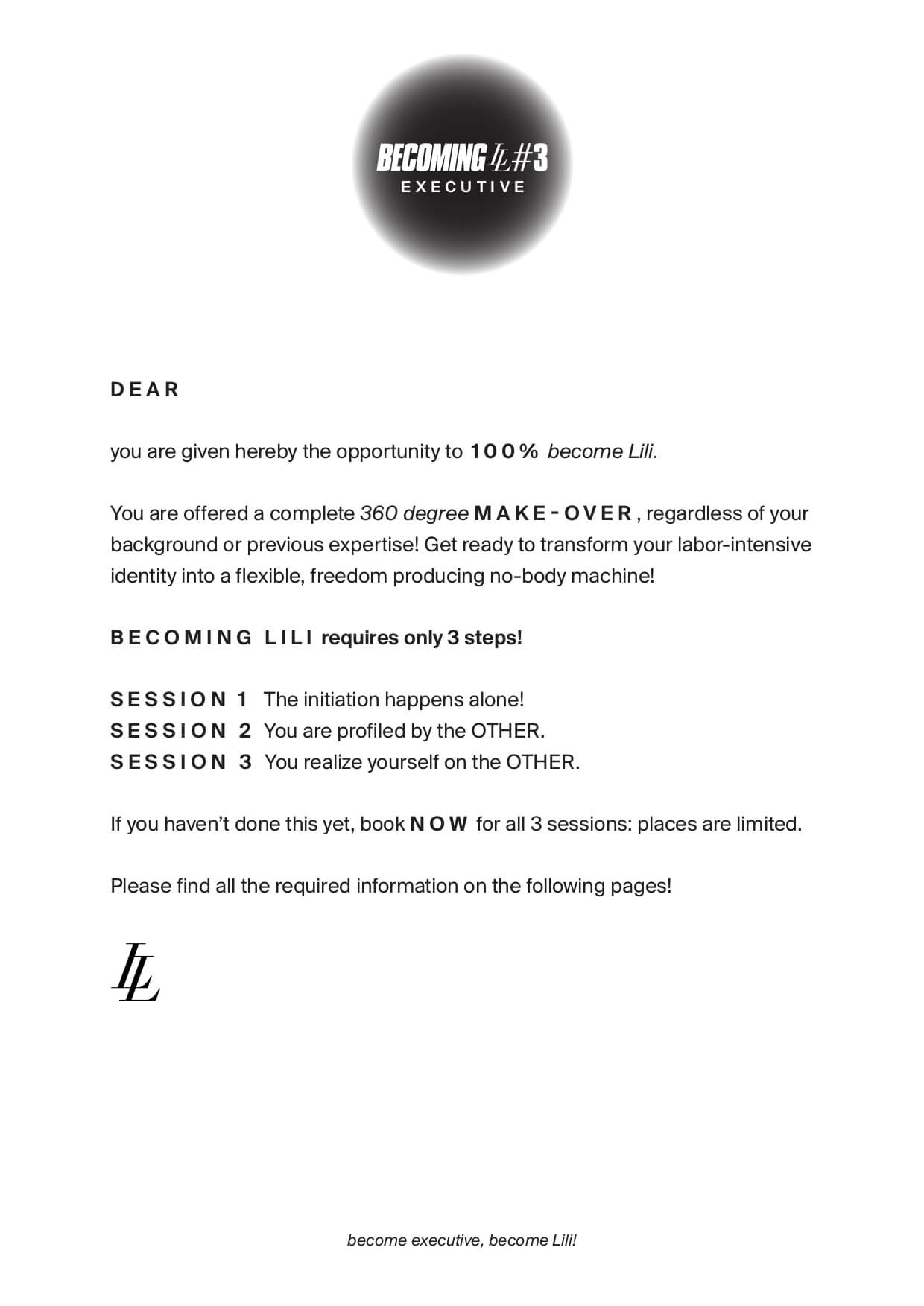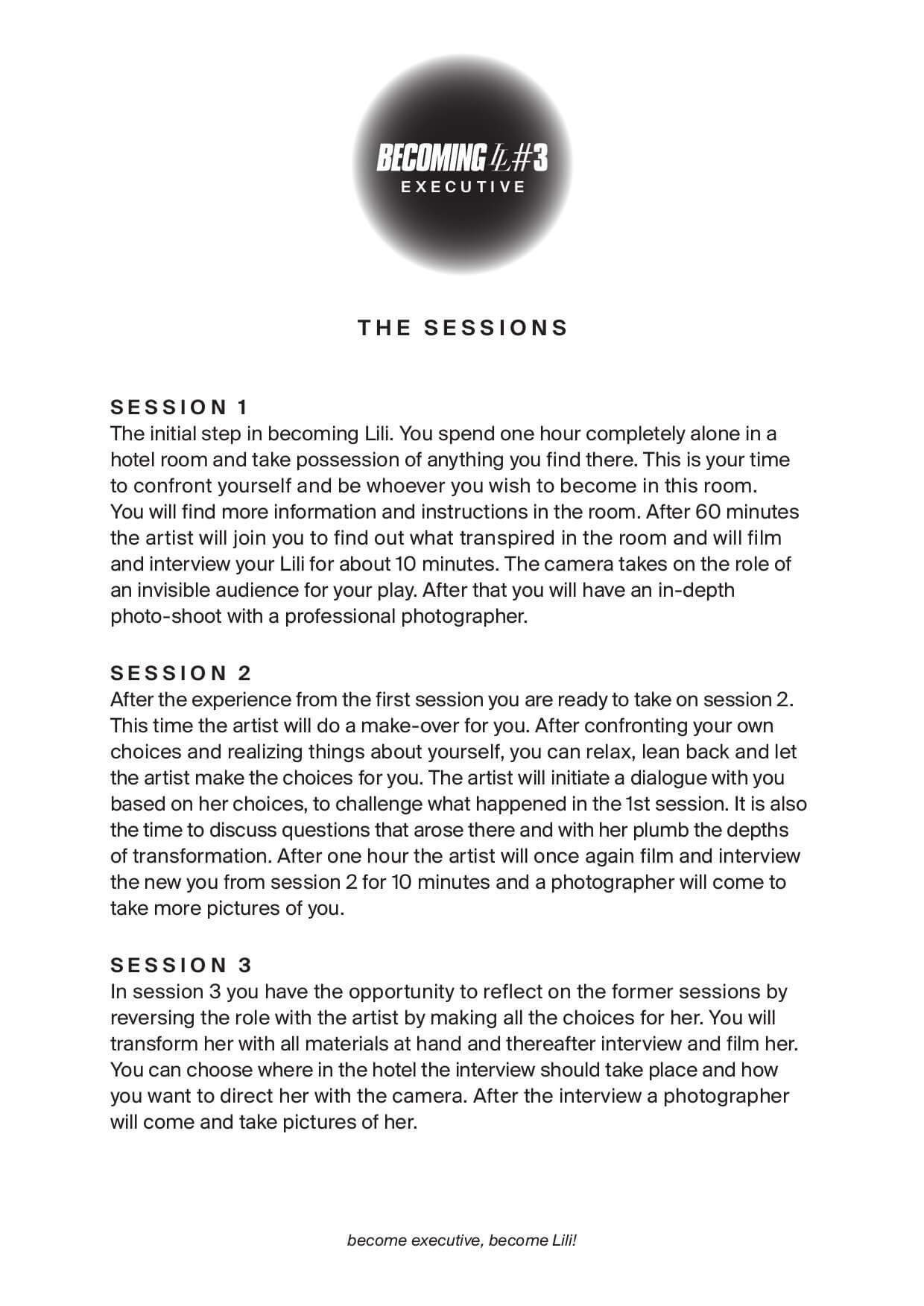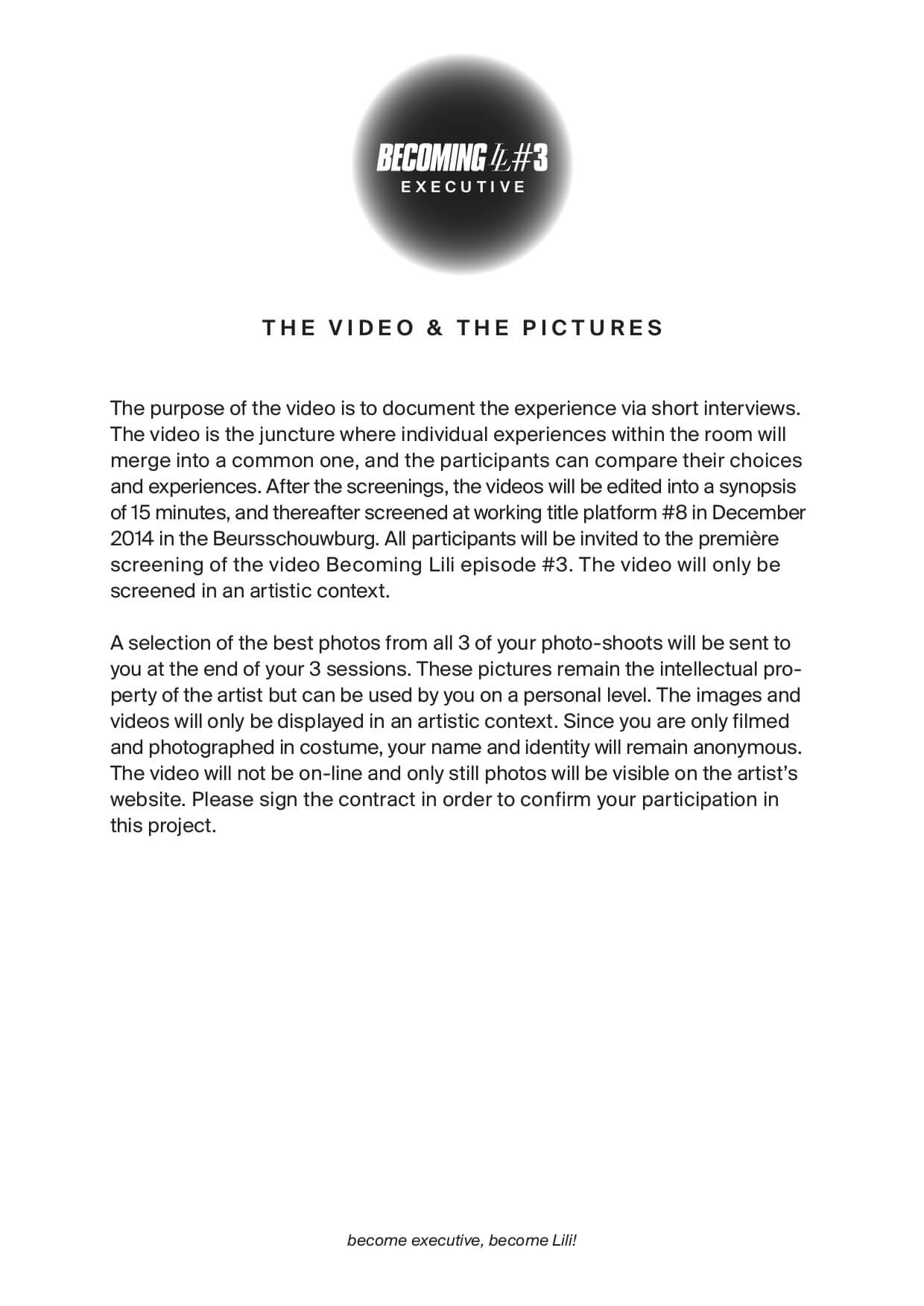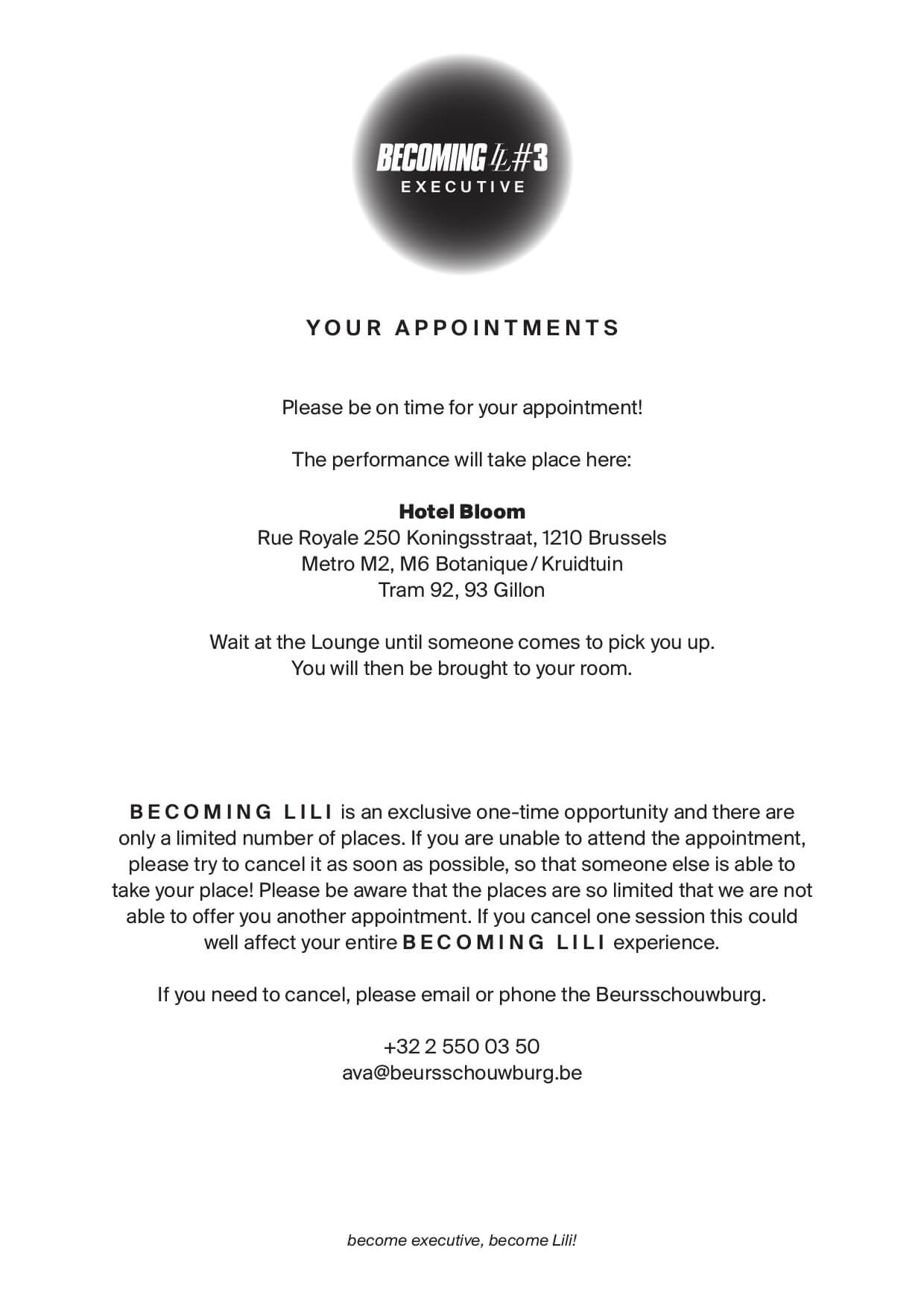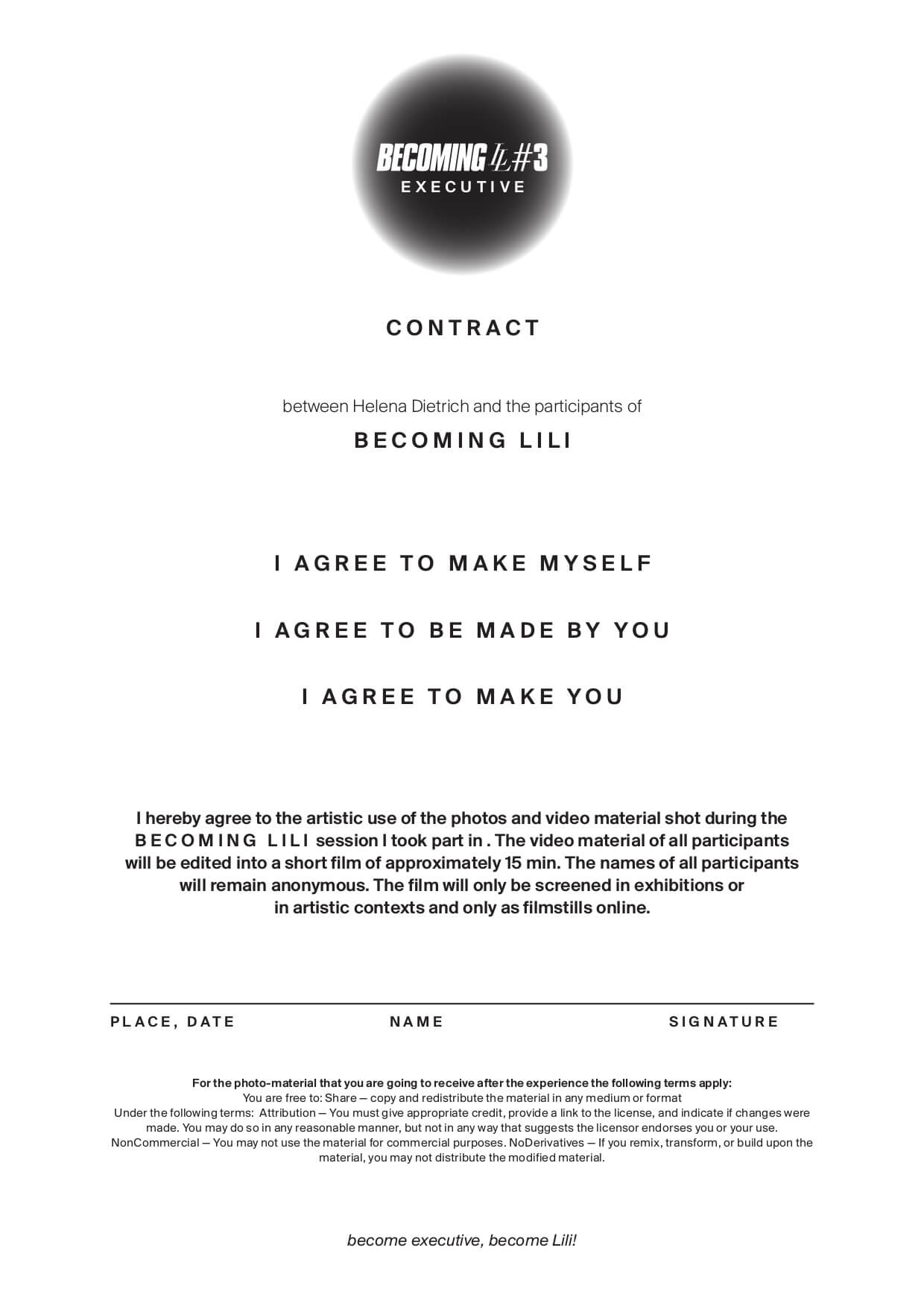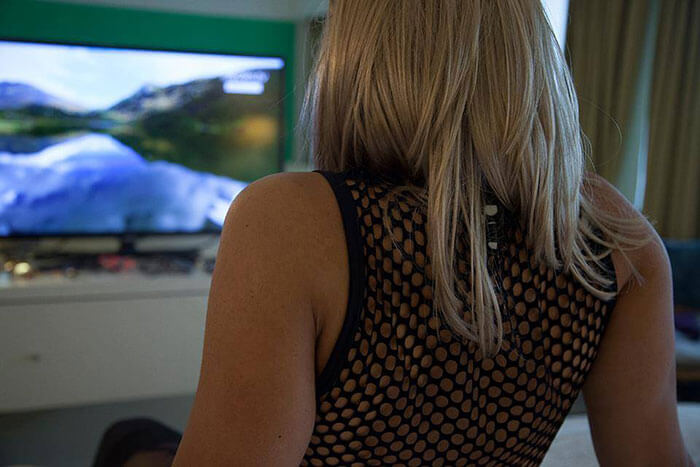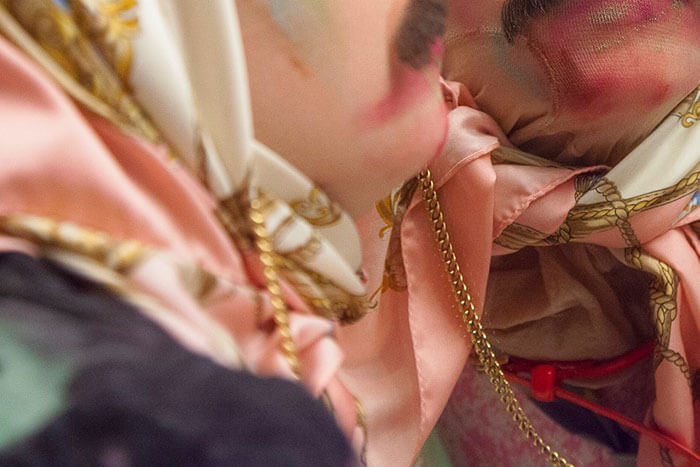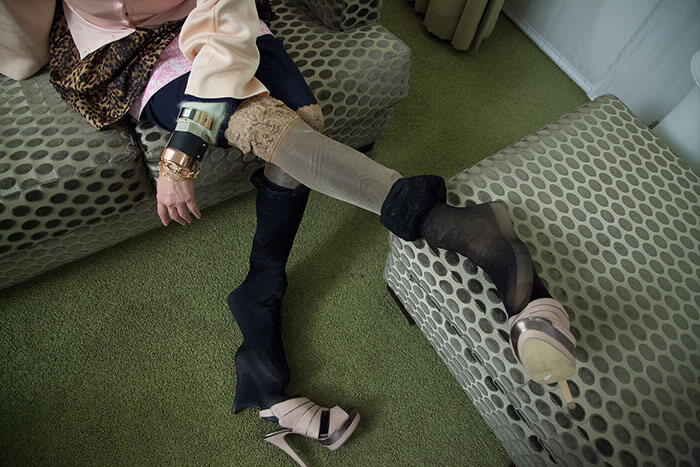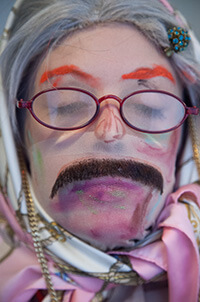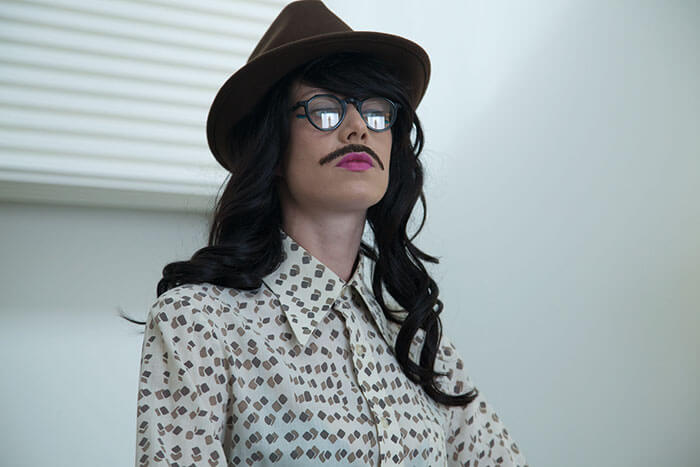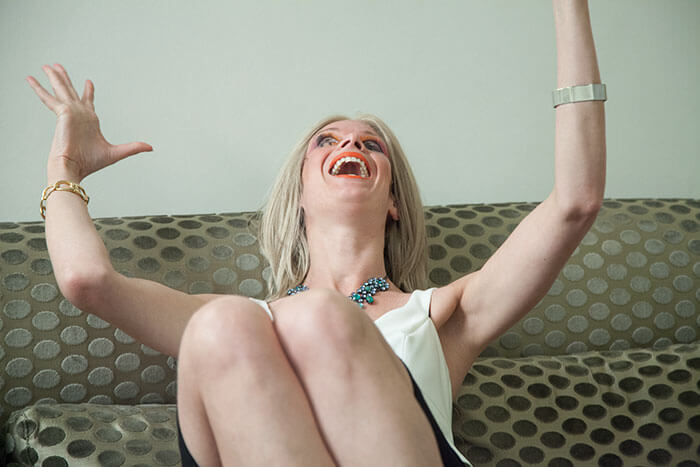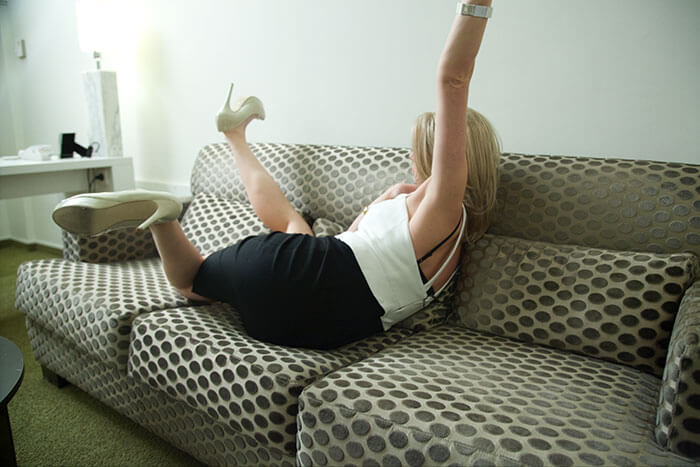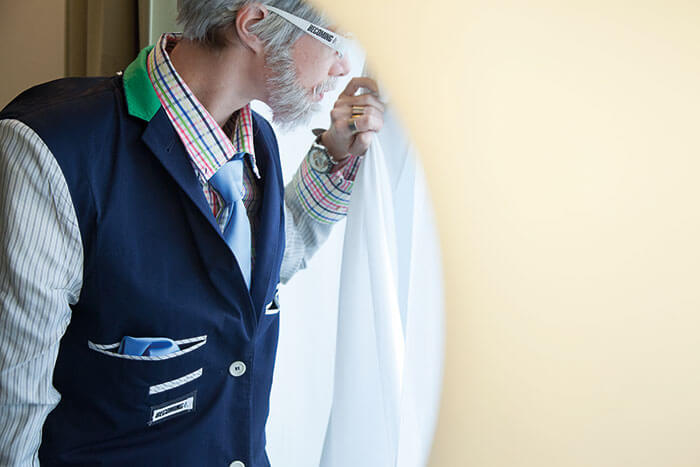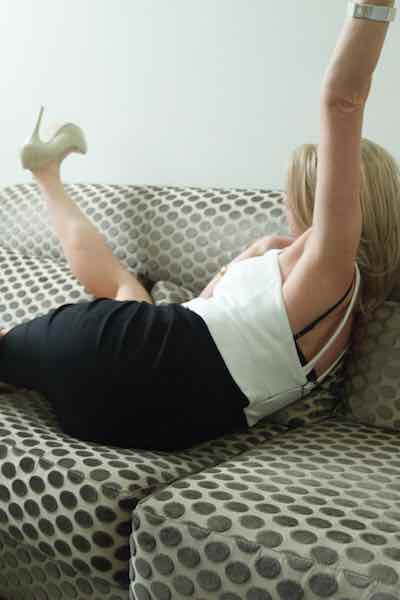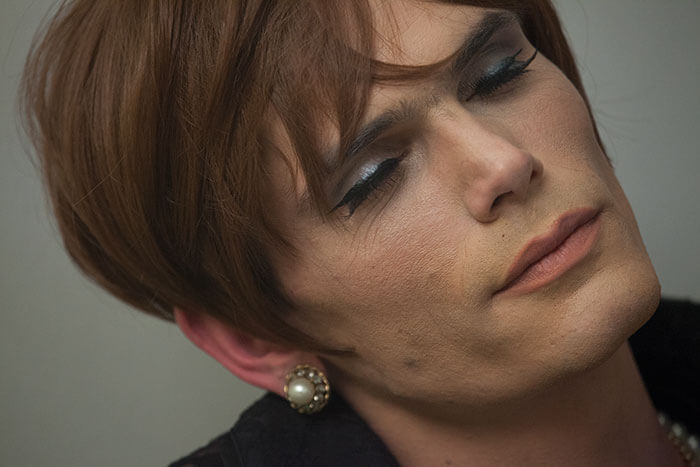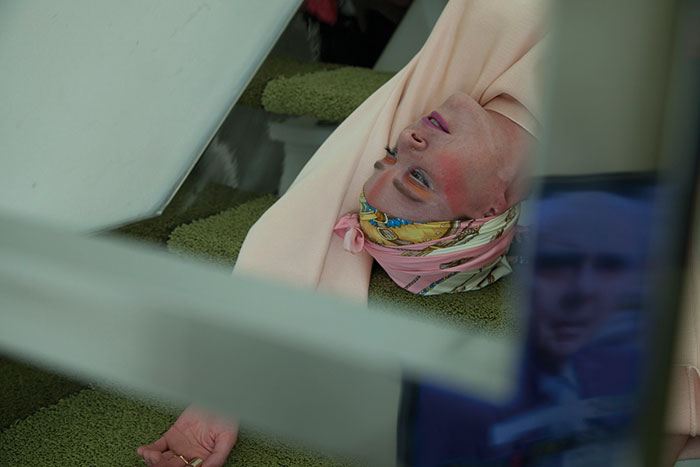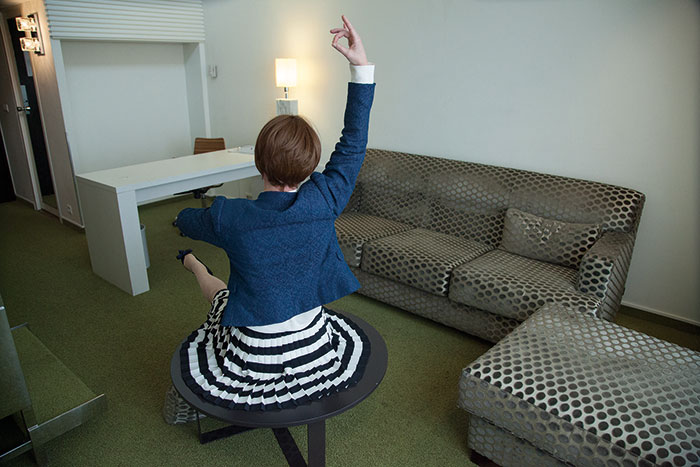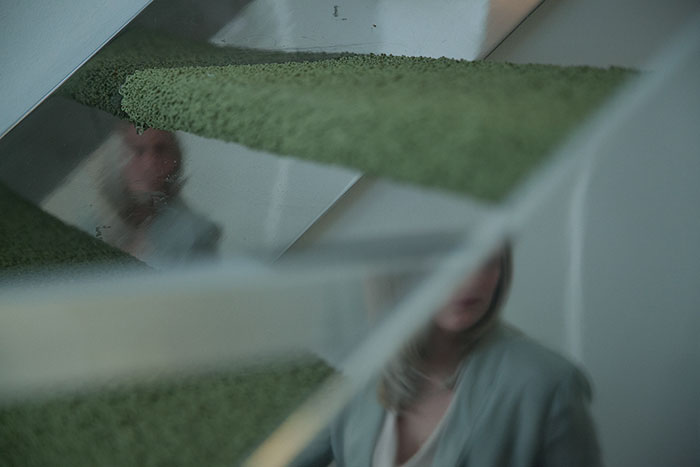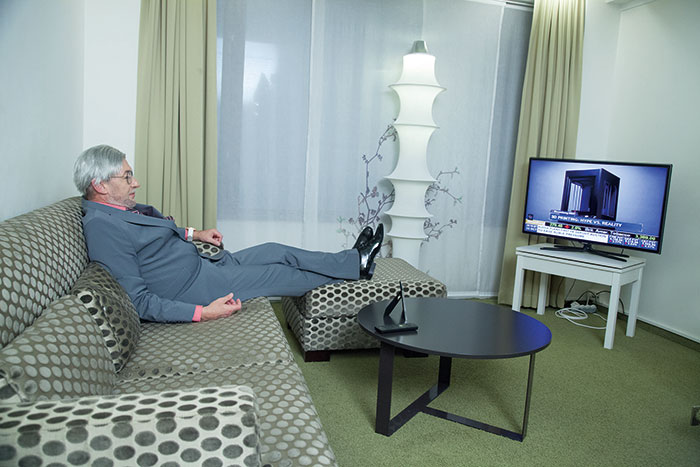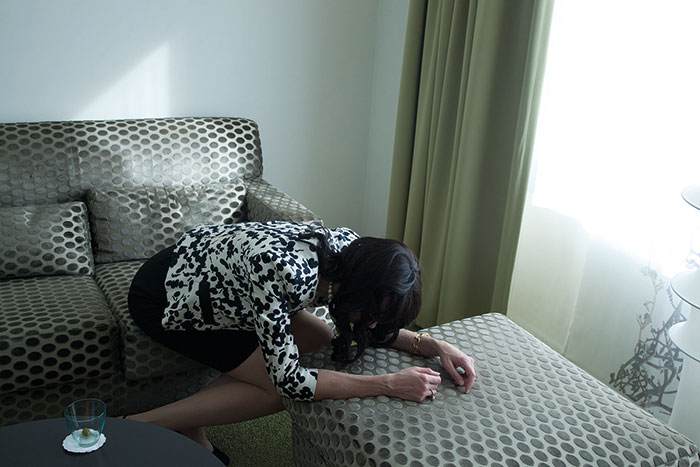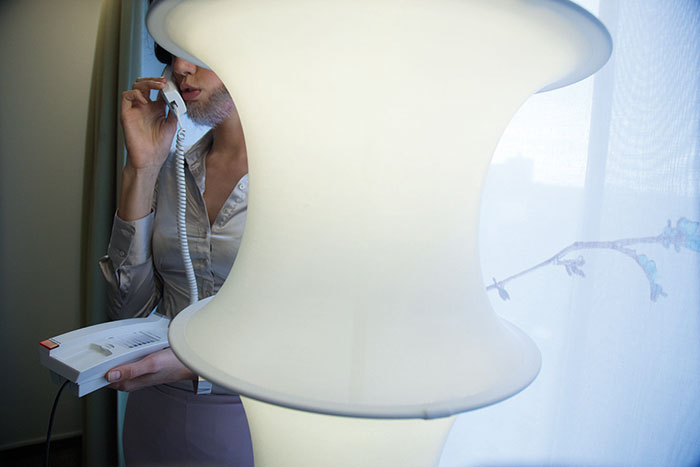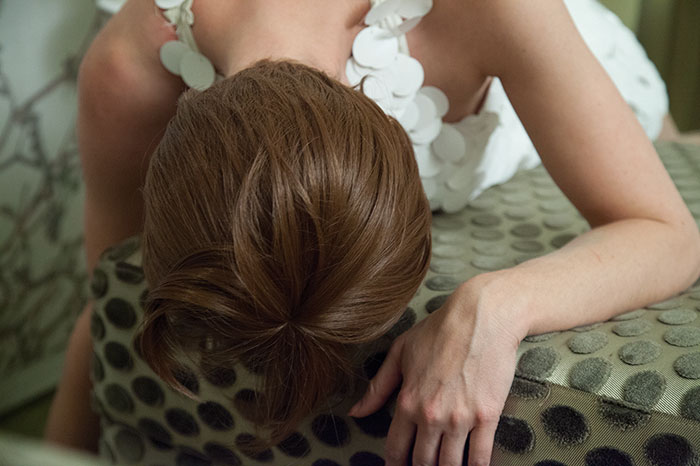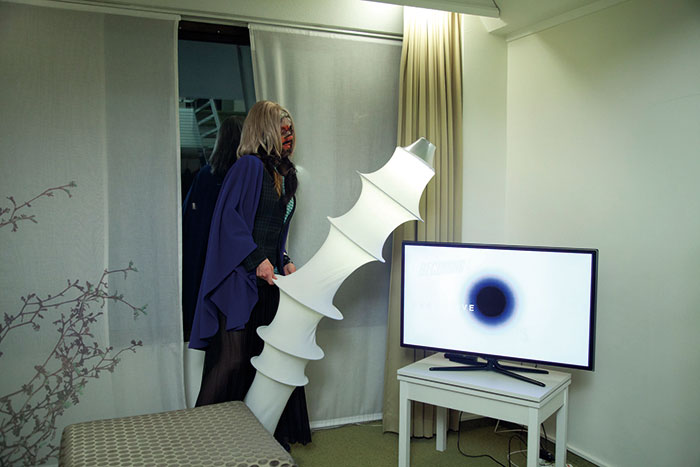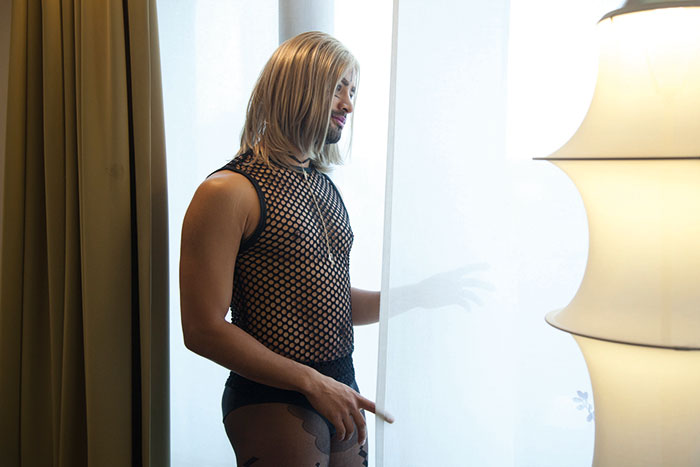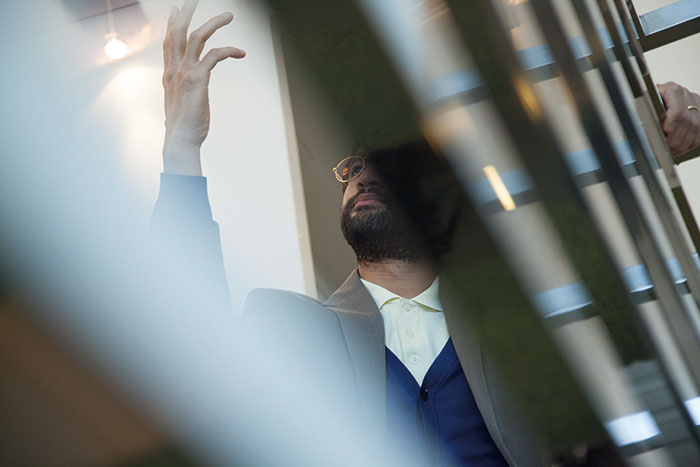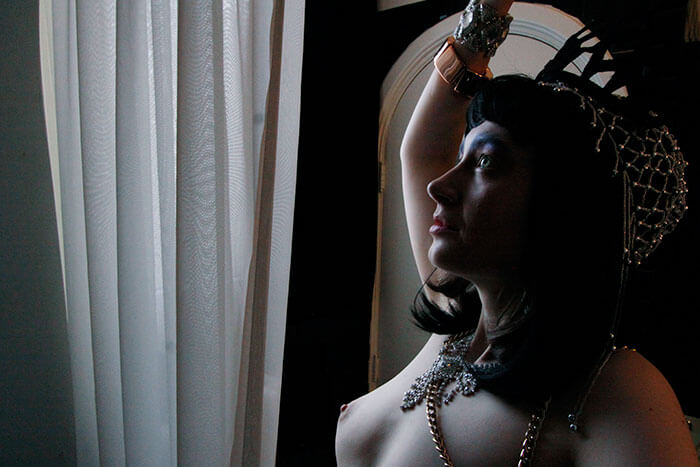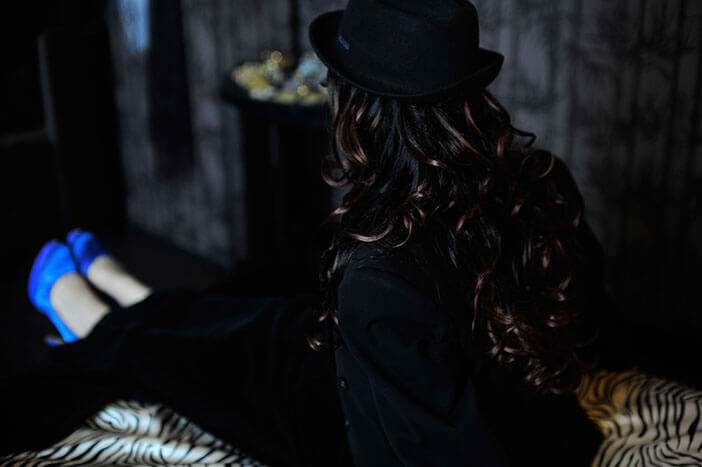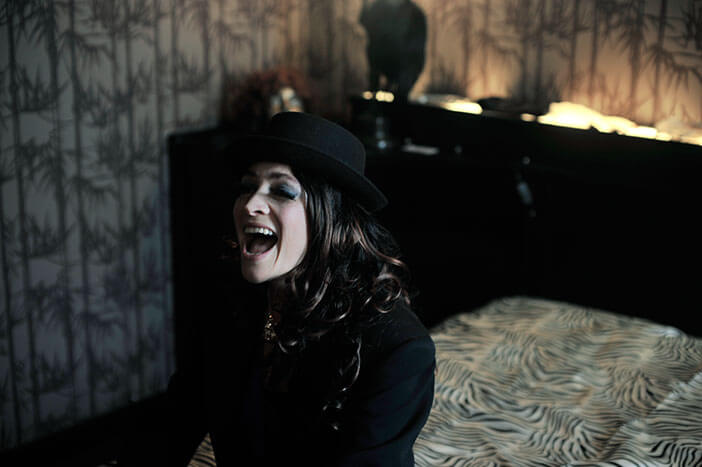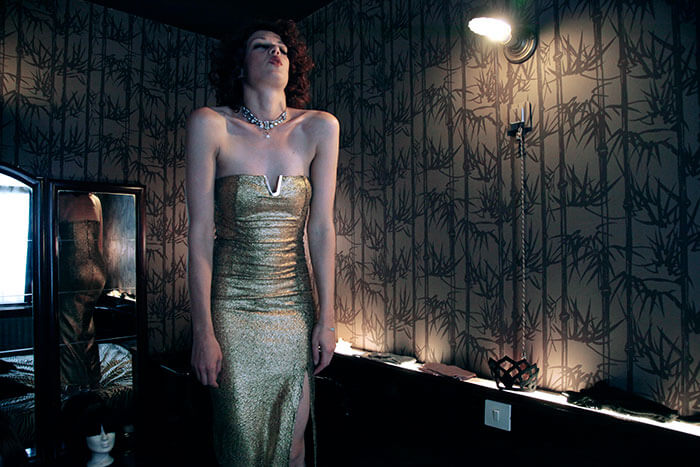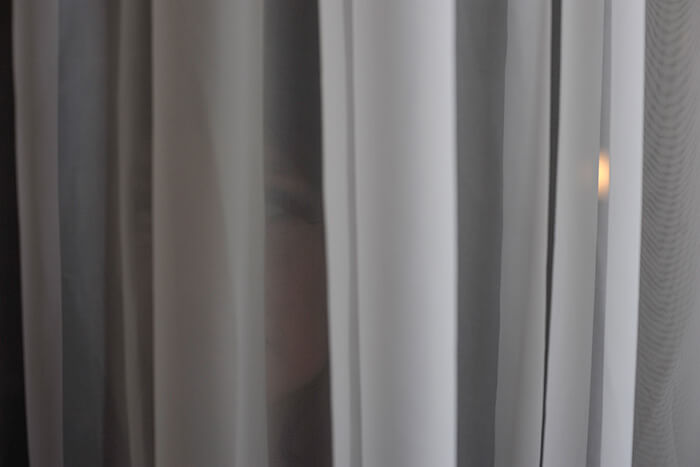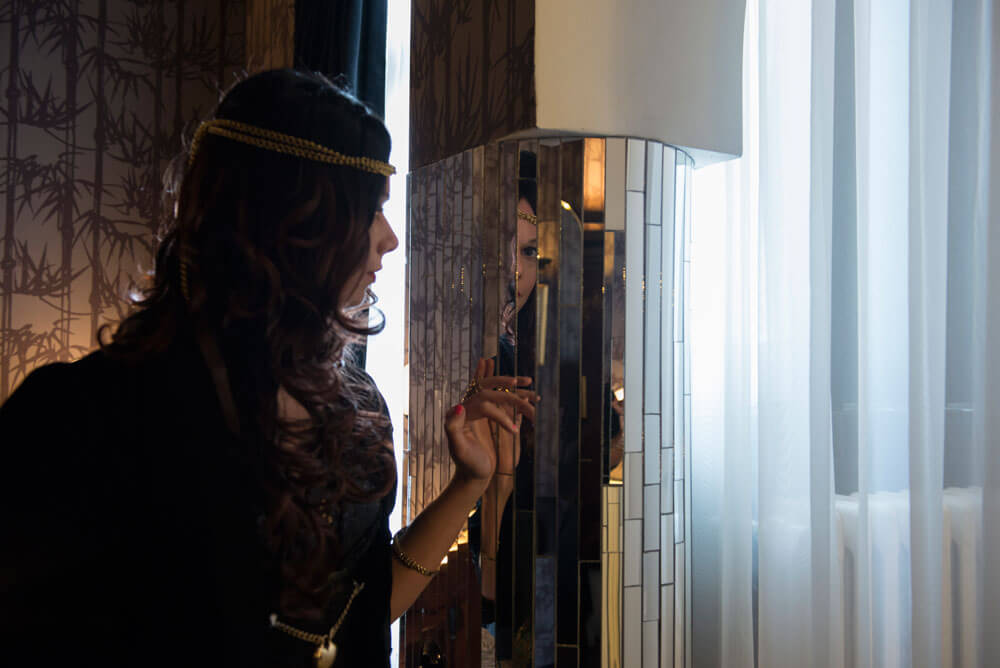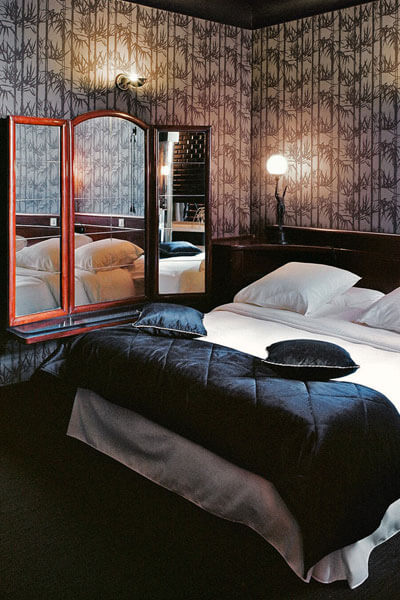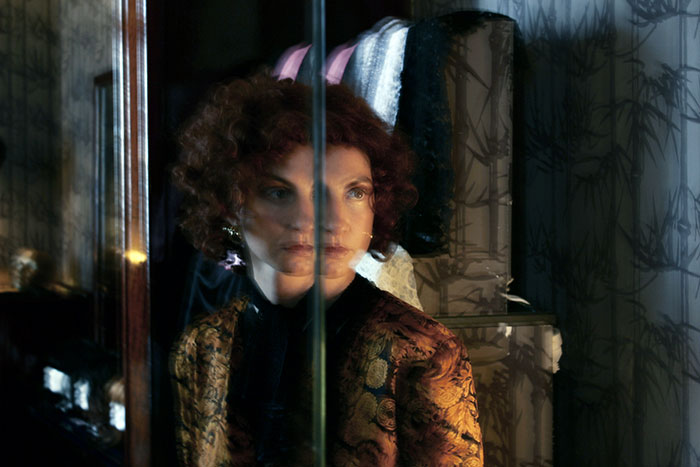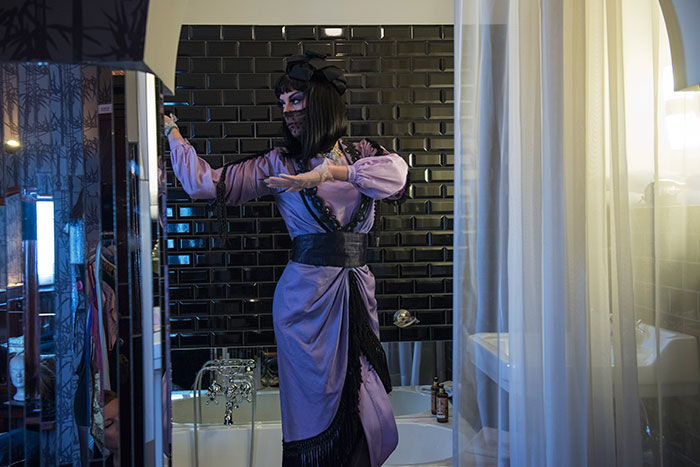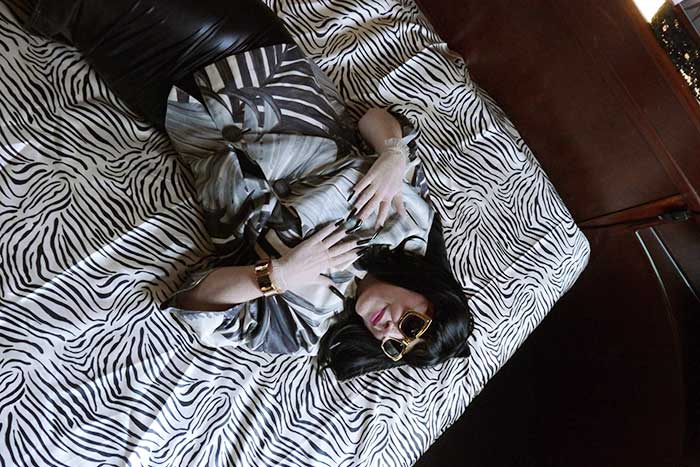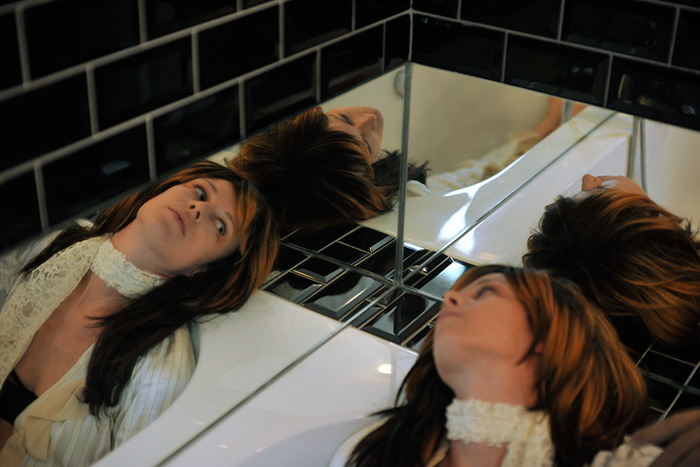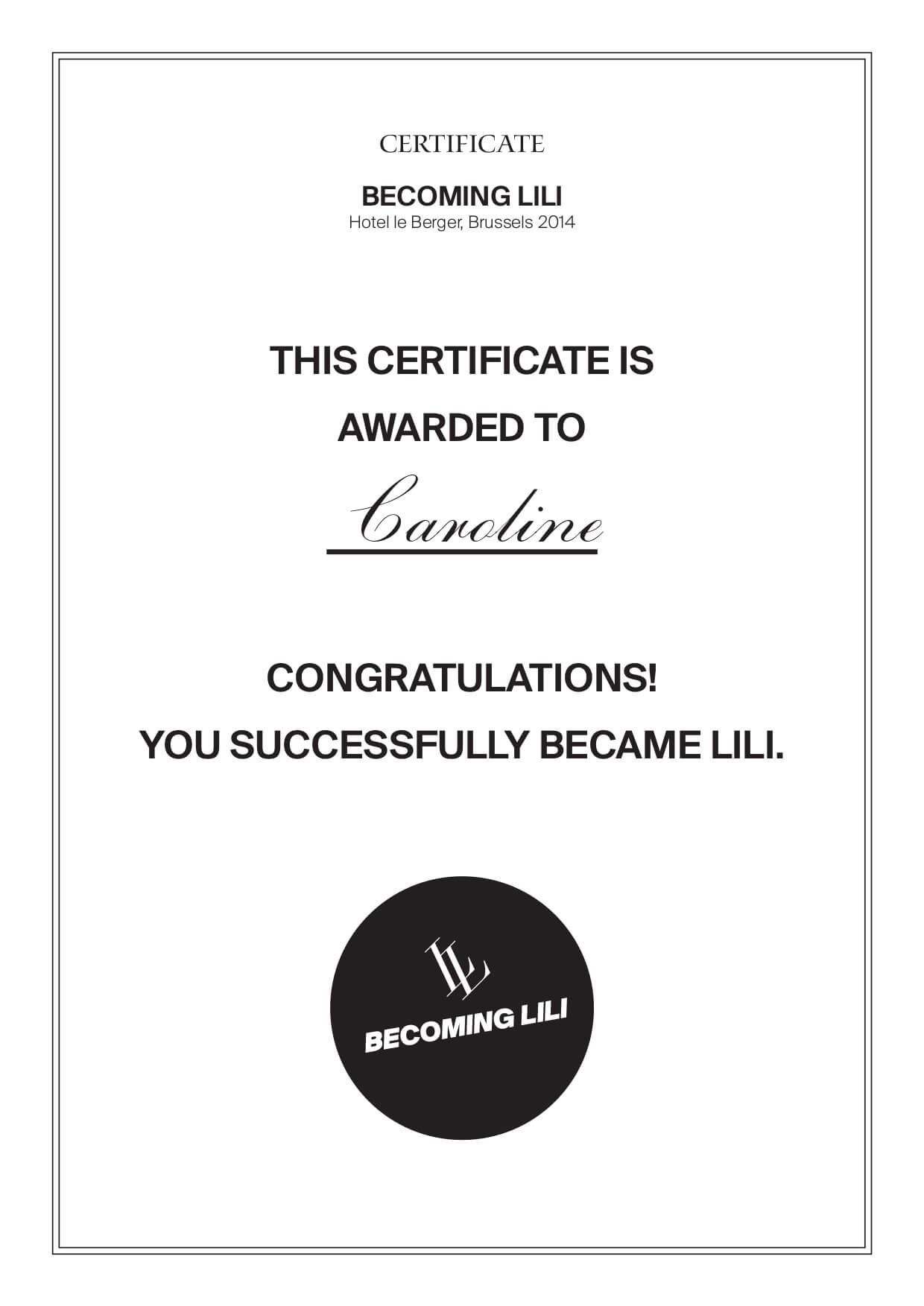Hotels
Hotels are places of transition. In their impersonality they contain the potential for self-transformation. In each hotel is a certain logic communicated, subconsciously influencing our perception, habits and manners. The hotel-guests begin to fit into this decor, they become temporary characters of the hotel. Characters, that allow them to peel off their usual image and put on a new gown and experience the relation between their known self-image and the new influences of the unknown environment running side by side. The hotel, as a transition zone of space, time and self, provides the potential for re-arrangement and re-positioning and this way the right setting for a transformational experience, that relates to the history and style of each hotel. Each hotel is telling about the cultural background of its city, in this way the audience will be guests in their own culture, looking at it from the view of a foreigner or guest. Through the transformation into a character of the hotel, a realization about the own cultural background takes place.
Aim of the project
This project is envisaged to create awareness of the self-representational choices we make and to emancipate from the images that possess us. The representational images that we come across everyday through TV, Internet-platforms, websites, blogs, advertisement, public spaces and the architectures of our cities literally cross us, and leave their traces in our visual memory, our reference-system, build up to a collective myth, influencing the ways how we relate to our self-image. They influence the choices we make in order to represent ourselves: our house, our wardrobe, our hairstyle, our gestures. They influence how we imagine ourselves and the consumer choices we make in order to materialize this vision. What are the 'symbols' and 'signs' with which we are nowadays surrounding our bodies? What effect do they have on us? How can we become our own medium and channel the visual culture that 'possesses' us? The masquerade works both ways: giving insights about the new character, the stereotypes of our cultural background and the usual self that we recreate in everyday live and that we consider to be individual.
The techniques / references
Mimicry is here used as a technique to deal with the enemy or possession through miming him/her and thereby gain his/her power. By miming the life-style imposed on us, represented through the hotel room and the garderobe, the participant can experience directly the effects it has on him/her. To be able to do this, different practices of connecting sensuously to material, symbols and concepts, will be introduced to the participant during the performance. Practices that help to learn to re-connect to instinctual and sensuous reactions, emancipate ourselves from representations and find in the interviews a language that expresses this experience. When sensitivity is raised towards how our environment affects us, we can choose how we want to relate to it.
The idea evolves from different practices, where re-enactment and visual alteration is used as a trigger for liberation from oppressive structures. There are several examples of different 'cultural rituals', where »… the magical power of replication, the image affecting what it is an image of, wherein the representation shares in or takes power from the represented …« (Michael Tausig, Mimesis and Alterity) is used as a politically and personally empowering technique.
In the famous docufiction by Jean Rouche 'Les maîtres fous' a day-long Haukan gathering for a possession ceremony is documented. The Hauka movement was a religious movement which arose in French Colonial Africa. It consisted of ceremonies, including mimicry and dancing, in which the participants performed in a state of trance the elaborate military ceremonies of their colonial occupiers. This pageant was largely done to mock the authority of the colonializers, and by emulating them trying to „extract their life force“. The film suggests that the ritual is a form of resistance that allowed the performers to digest their daily situation as being occupied and oppressed. The re-enactment of their occupiers releases the aggression and stress that they accumulate during their everyday live.
»... The magician infers that he can produce any effect he desires merely by imitating it.« James George Frazer, the golden bough
Another example where the re-enactment is more on an aesthetic level, is the movement of the Sapeurs, a congolese sartorial subculture, an african revival of dandyism, which was not only about having an eccentric style, but also about men from the middle class being self-made and striving to emulate an aristocratic lifestyle. Sapeurs hold European haute couture as a religion which is practised absolutely serious. There were special Sapeur dances held and even manifestos and codes to govern the lives of Sapeurs. Some of these codes include 10 ways of walking in order to show off clothes to the best degree. Through the imitation of a visual appearance and the privileged status that comes with it, they aim to become empowered in their social position.
This reminds also of the ball culture, an underground subculture in the United States, which became famous through the movie Paris is burning, a culture deriving from the gay scene in the 1980s in New York, where people compete in various genres of drag, trying to pass a specific gender and social class. Working class gay men channel ultra glamour in a mocked-up catwalk show. This culture created a belonging system to position the self in a desired, imagined form and through this technique celebrating liberation from the current excluding political system. Going into drag was a technique again, to emancipate from the oppressing structures through re-enactment.
What is the power of the mask? Mimicry can be used as a technique to deal with 'the enemy' through miming him/her and thereby gain his/her power. The copy will therefore own the power of the original. The space between the original and the copy becomes a space of experiencing, becoming and moving in-between. The mask is simultaneously affecting the wearer – the medium and the witness.
»The mask, the tattoo, the makeup: They place the body into an other space. They usher it into a place that does not take place in the world directly. They make of this body a fragment of imaginary space, which will communicate with the universe of divinities, or with the universe of the other, where one will be taken by the gods, or taken by the person one has just seduced. In any case the mask, the tattoo, the makeup, are operations by which the body is torn away from its proper space and projected into an other space.« Michel Foucault, the utopian body
In tibetan buddhism the oracles wear an adorned and very heavy costume. The physical experience of wearing it must be quite suffocating – the costume is taking advantage of the being, preparing the medium to be entered by an unknown entity. The robe is highly loaded with signs and symbols, referring to the buddhistic religion. These symbols are placed there because they are believed to have an effect on the person who is wearing it.
»On formal occasions, the Kuten is dressed in an elaborate costume consisting of several layers of clothing topped by a highly ornate robe of golden silk brocade, which is covered with ancient designs in red and blue and green and yellow. On his chest he wears a circular mirror which is surrounded by clusters of turquoise and amethyst, its polished steel flashing with the Sanskrit mantra corresponding to Dorje Drakden. Before the proceedings begin, he also puts on a sort of harness, which supports four flags and three victory banners. Altogether, this outfit weighs more than seventy pounds and the medium, when not in trance, can hardly walk in it.« Ellen Pearlman, Tibetan Sacred Dance: a journey into the religious and folk traditions
In the project Becoming Lili, I introduce a practice of connecting sensuously to material, and visual symbols. An almost naive approach towards our surroundings in which we measure not through what we know but through how we react sentiently. It is a practice to test how to relate to aesthetics we are used to in a intuitive and physical way, to re-connect to our instinctual mechanisms and create space for a pause in-between the flood of visual informations. Sensitivity is raised towards how our environment affects us and how we choose to relate to it. The participant is invited to read aesthetics and to connect to the memories and reactions they trigger in in him/her.
»... To engage in a sort of dialogue with the tools and, before choosing between them, to index the possible answers which the whole set can offer to his (the bricoleur) problem. He interrogates all the heterogeneous objects of which his treasury is composed to discover what each of them could ‚signify‘... « Claude-Levi Strauss, the savage mind
